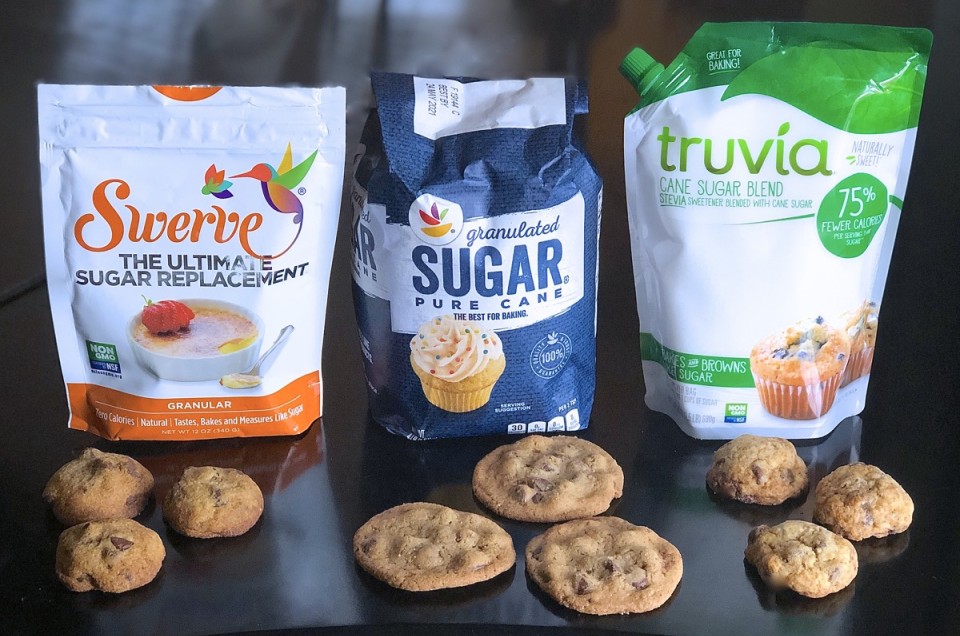


Editor's note: Good news! Since publishing this post, we've introduced our Baking Sugar Alternative, a 1-to-1 substitute for granulated sugar designed specifically for baking success.
Have you ever wished there was such a thing as zero-calorie baking? I sure have. What if that piece of pie, cupcake, or blueberry muffin added no calories at all to your daily diet?
OK, pipe dream. But what if you could at least reduce the calorie count of the sweetener you use in your frosted layer cakes, chocolate chip cookies, fudge brownies … and more? I’d be all for that — wouldn’t you?
I've been spending extra time perusing the sugar shelves in the baking aisle of my local supermarket lately. After all, sugar can add a ton of calories to your cookies and cakes; are there any good alternatives?
Can you easily reduce the calories in your baked treats just by using a natural sugar replacement?
Understand I’m not talking alternative sweeteners here.* Honey, agave, maple syrup, molasses, turbinado, take your pick; all are sugars and have similar (if not exactly the same) calorie counts. I’m also not referring to baking sugars based on artificial sweeteners like sucralose (e.g., Splenda), aspartame, and saccharin.
*Interested in baking with honey and other liquid alternatives? See this post: Baking with liquid sweeteners.
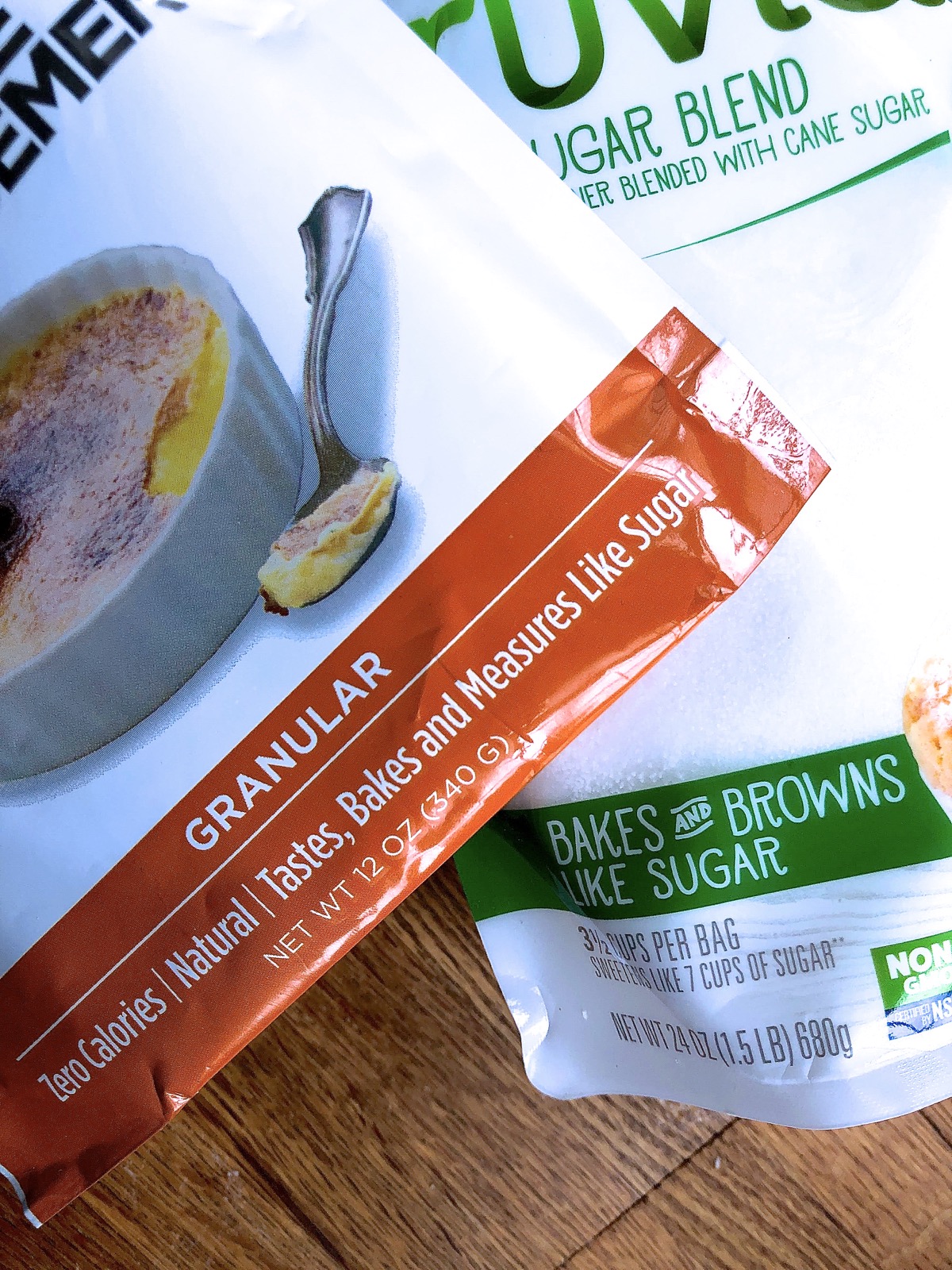
Instead I’m zeroing in on two so-called natural sugar replacements: Swerve® (“Zero calories / Tastes, bakes, and measures like sugar”) and Truvia® Cane Sugar Blend (“75% fewer calories per serving than sugar / Bakes and browns like sugar”).
Why “so-called natural”? Because the term natural has yet to be officially defined by the FDA, so it’s up to each of us to determine and embrace our own definition.
My personal go-to resource is the Whole Foods Market Unacceptable Ingredients for Food list. Sucralose, aspartame, and saccharin are on the Whole Foods "no-no" list; erythritol, the main ingredient in both Swerve and Truvia, is not — and is thus deemed acceptable.
Swerve (erythritol, oligosaccharides, and natural flavors), claims zero net calories. Truvia (erythritol, cane sugar, and stevia leaf extract) notes it has “75% fewer calories per serving than sugar.” Could either or both of these sugar replacements be the answer to my lower-calorie baking dreams?
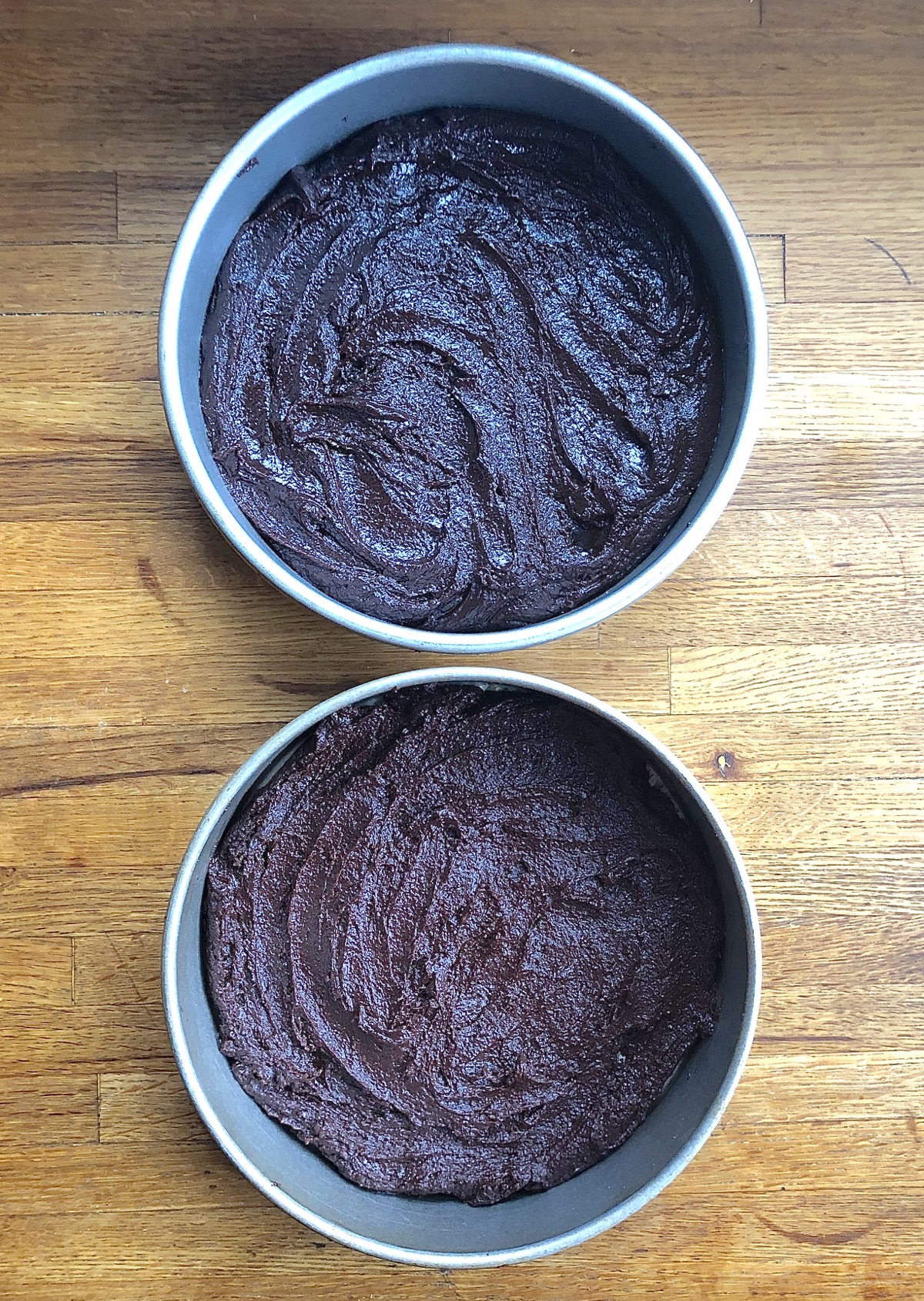
Let’s find out. I’ll bake four of my favorite recipes using standard granulated sugar, Swerve, and Truvia Cane Sugar Blend, and compare results. The four recipes represent a range of different baked goods, as well as a broad spectrum of baker’s percentage of sugar, from scones (whose sugar checks in at just 21% baker’s weight) to brownies (289%). What the heck is baker's weight? Read our blog post on baker's percentage for a complete explanation, plus directions for how to use it.
Who doesn’t love brownies, right? This simple one-bowl recipe produces reliably delicious chewy, fudgy brownies.
Appearance: Deep-dark brown throughout, semi-shiny smooth top crust
Texture: Chewy and moist, with a thin layer of softer “fudge” in the center
Flavor: Deep, rich dark chocolate
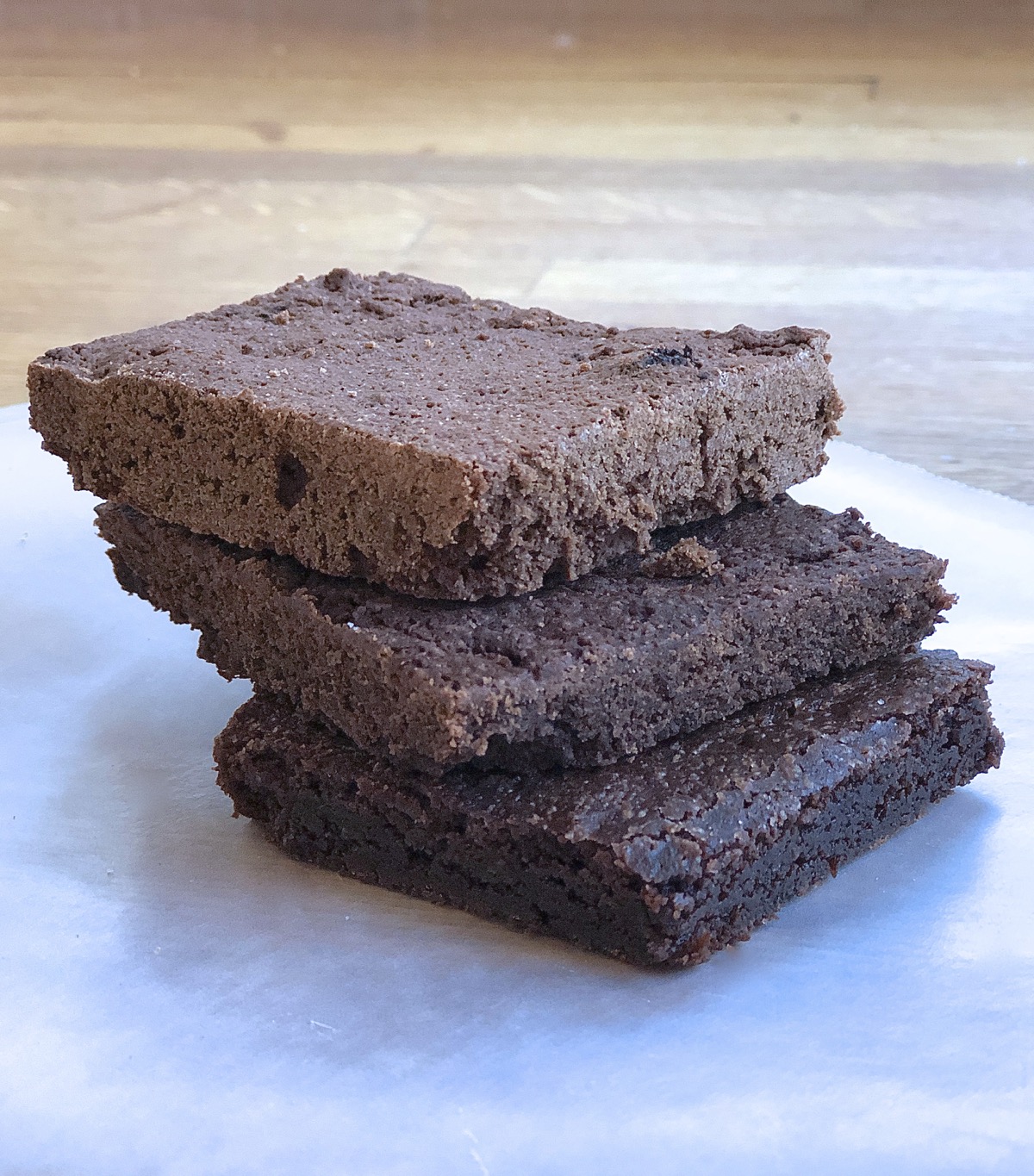
Appearance: Lighter colored throughout; matte, bumpy surface
Texture: Dry, hard
Flavor: Not quite sweet enough; odd “cool” mouthfeel, like mint without the mint flavor
Appearance: Dark brown; matte, mildly speckled surface
Texture: Dry, crumbly
Flavor: Somewhat bitter, as though the sugar couldn’t quite overcome the flavor of the unsweetened cocoa
It’s not often I’d call a brownie inedible, but that’s how I’d have to term the two made with natural sugar replacements. You may be more forgiving, but these just didn't cut it for me.
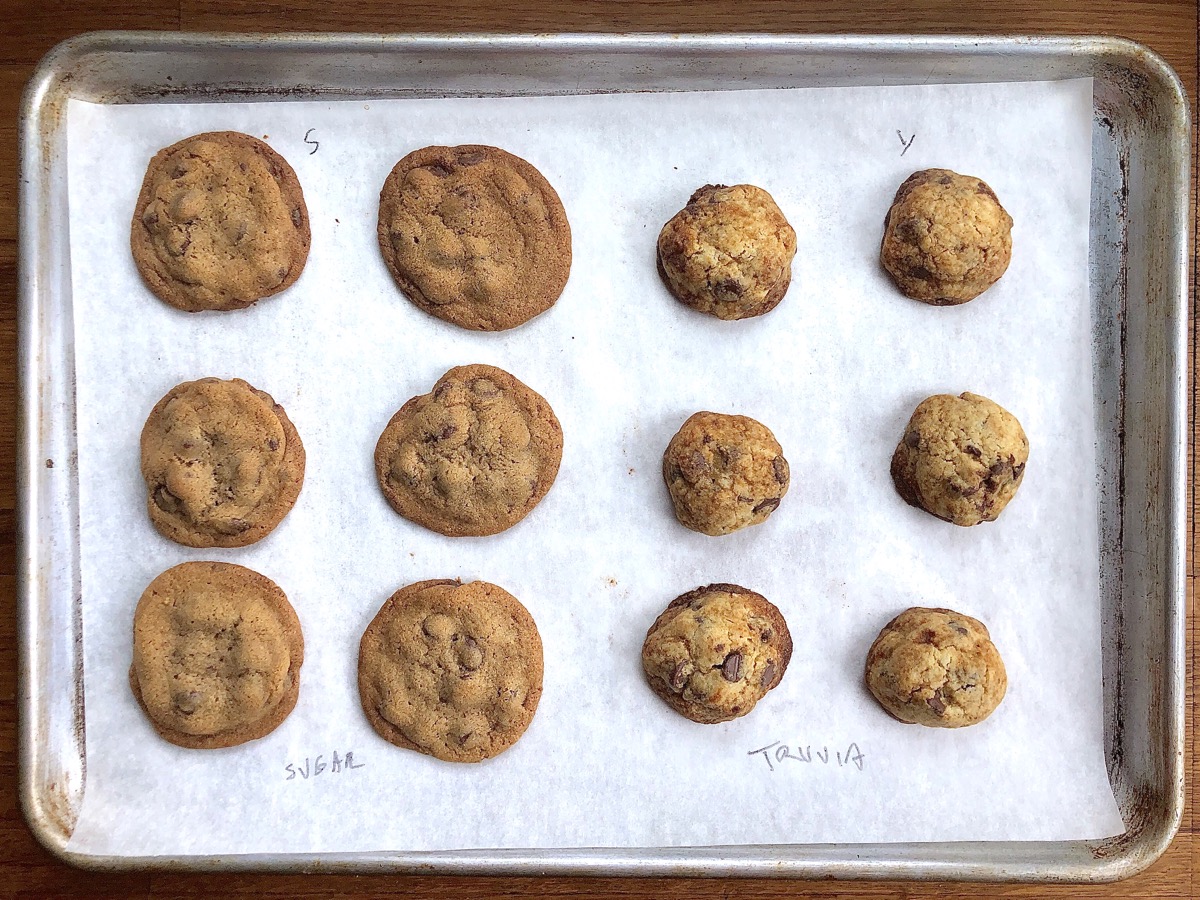
This is my long-time favorite chocolate chip cookie recipe, and I’ve made thousands of these over the years; they accompany me to every family gathering and holiday celebration.
Note that these cookies call for both brown sugar and granulated sugar. Since I didn’t have the brown sugar version of either Swerve or Truvia, I replicated the brown sugar flavor by adding a teaspoon of molasses to each of the sugar replacement recipes.
Appearance: A thin (but not puddled) 3” cookie, deep golden brown and studded with chips
Texture: Crisp edges, semi-soft center
Flavor: Mild butter and brown sugar, with a major hit of chocolate from the chips (yes, I do up the quantity of chips a bit beyond what the recipe calls for!)
Appearance: Deep brown, very little spread
Texture: Cakey, dry
Flavor: Pretty good. Again, the “cool” mouthfeel is somewhat unpleasant, but the cookies are sufficiently sweet and the butter, molasses, and chocolate shine
Appearance: Golden brown, somewhat speckled, very little spread
Texture: Soft, cakey
Flavor: Good level of sweetness, noticeable butter and brown sugar flavor
If you aren’t looking for a typical chocolate chip cookie, one that spreads as it bakes and delivers crispy edges, then the cookies made with sugar replacements are acceptable. More like a dry-ish, crumbly scone in texture, they deliver decent flavor.
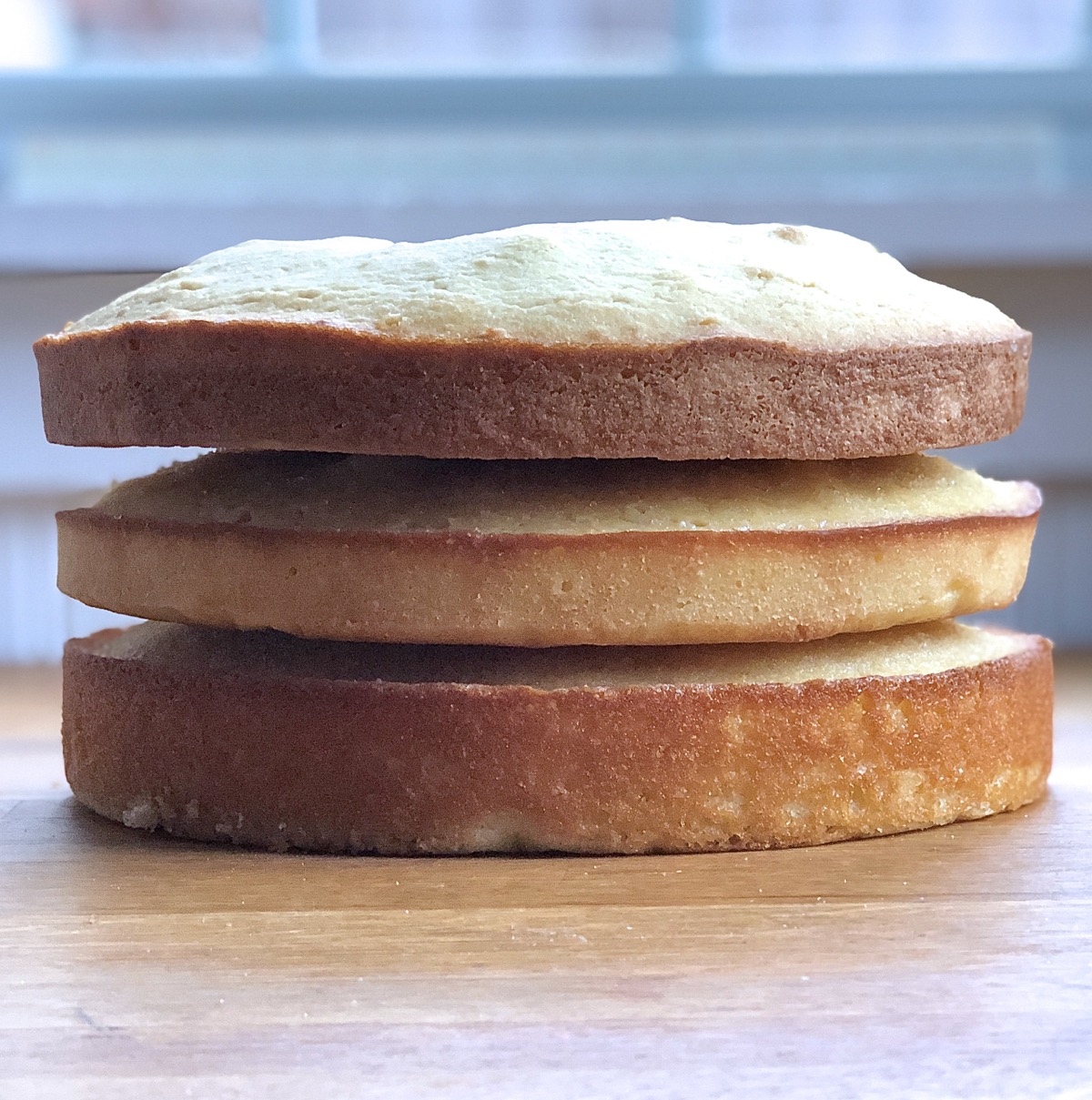
While the recipe calls for this moist, tender cake to be baked in a Bundt pan, it’s equally good made into layers. Ultra-flavorful Lemon Bliss is a reader favorite, and our 2017 Recipe of the Year.
Appearance: High-rising; golden, shiny top crust
Texture: Soft and tender, medium crumb: slices beautifully
Flavor: Aggressively citrus-y thanks to its lemon “soaker” glaze; wonderfully tart with perfectly balanced sweetness
Appearance: Light-colored, lumpy top crust; dense and squat
Texture: Dry, tough, and a touch rubbery
Flavor: Aside from the odd aftertaste, acceptable, though not quite sweet enough
Appearance: Light gold, low rise, peaked center, medium-coarse crumb
Texture: Stiff and a bit rubbery, a bit dry
Flavor: Acceptable, though could have been a bit sweeter
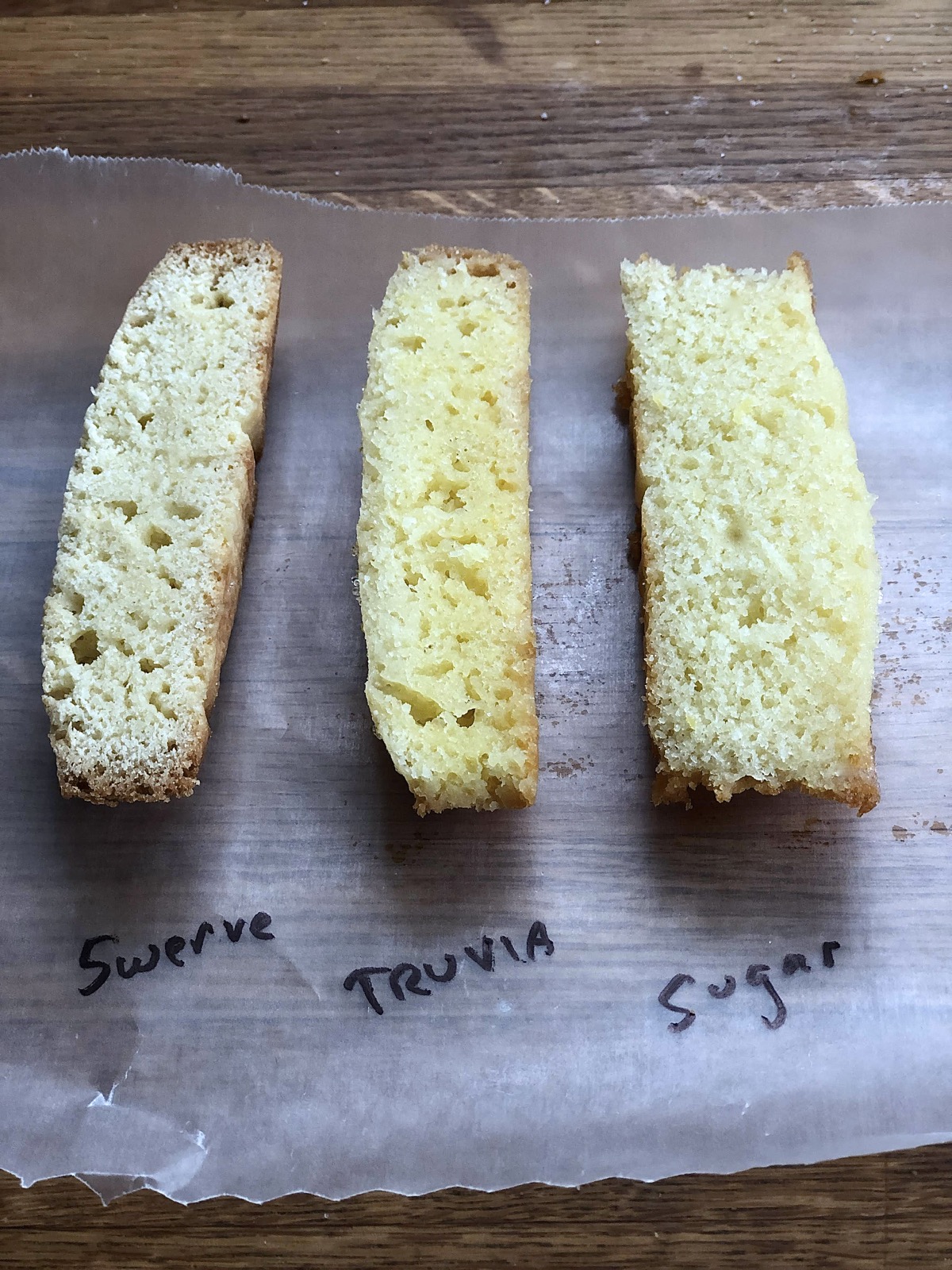
The sugar replacements yielded cake with acceptable flavor, almost identical to the granulated sugar cake. But the Swerve and Truvia cakes’ texture — dense, hard, somewhat dry, unpleasantly rubbery — was a far cry from what we expect in a typical delicious cake.
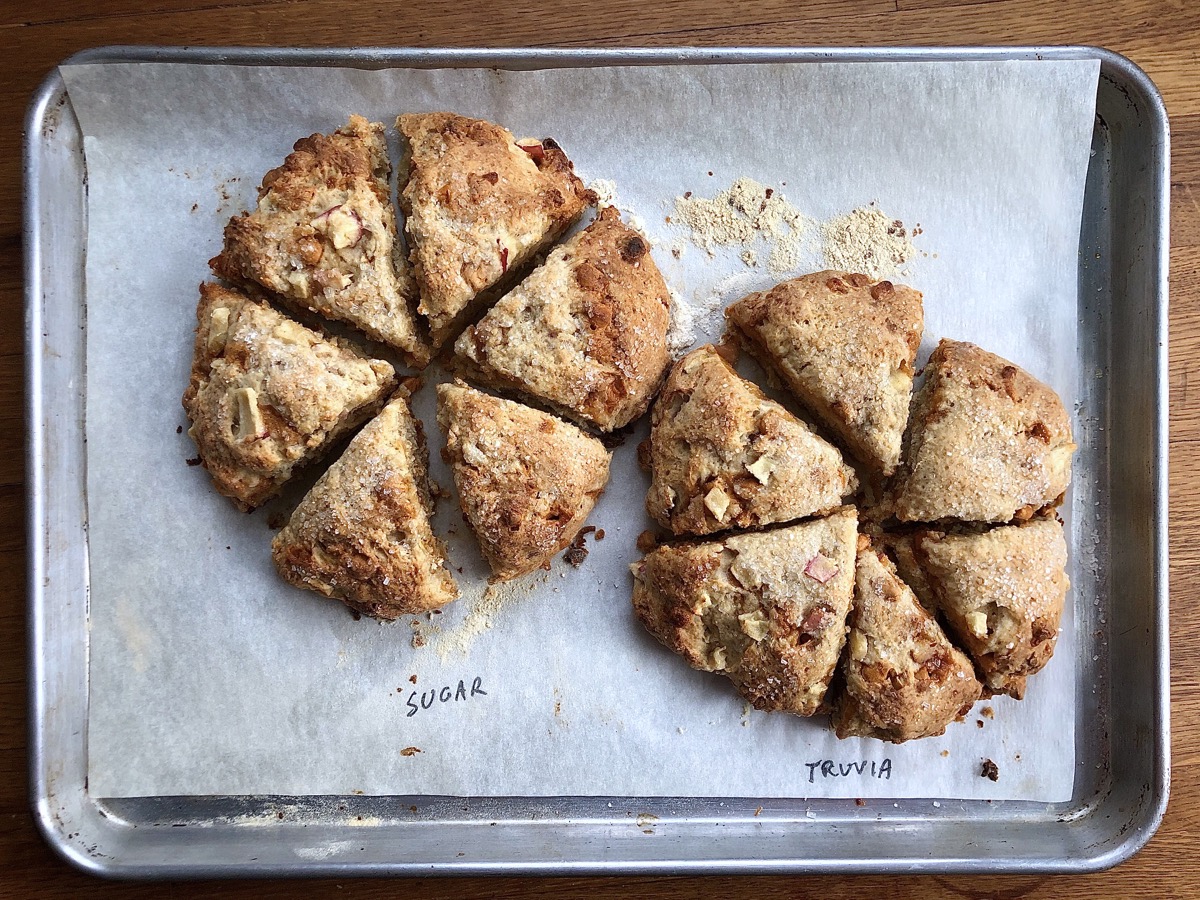
As is typically true with scones, most of the sweetness (and interest) comes from either the jam you add afterwards or the add-ins: chiefly fruit, spices, and chips. These scones feature chopped apple, butterscotch or cinnamon chips, and a significant shower of sparkling sugar on top; the scone dough itself is barely sweet.
Appearance: Light golden brown, high-rising
Texture: Sturdy but moist, a bit crumbly when cut
Flavor: The scone itself is mildly buttery; its main flavor comes from apple and chips
Appearance: Medium golden brown, high-rising
Texture: Just a shade drier than granulated sugar scones, but fine overall
Flavor: Nearly identical to granulated sugar scones, with just the slightest “cool” aftertaste
Appearance: Light golden brown, high-rising
Texture: Nearly identical to granulated sugar scones
Flavor: Predominantly apple, butterscotch, and crunchy sugar (from the sparkling sugar topping)
Any of these scones would be fine to serve to your breakfast guests. The sugar replacement scones do have a somewhat shorter shelf life.
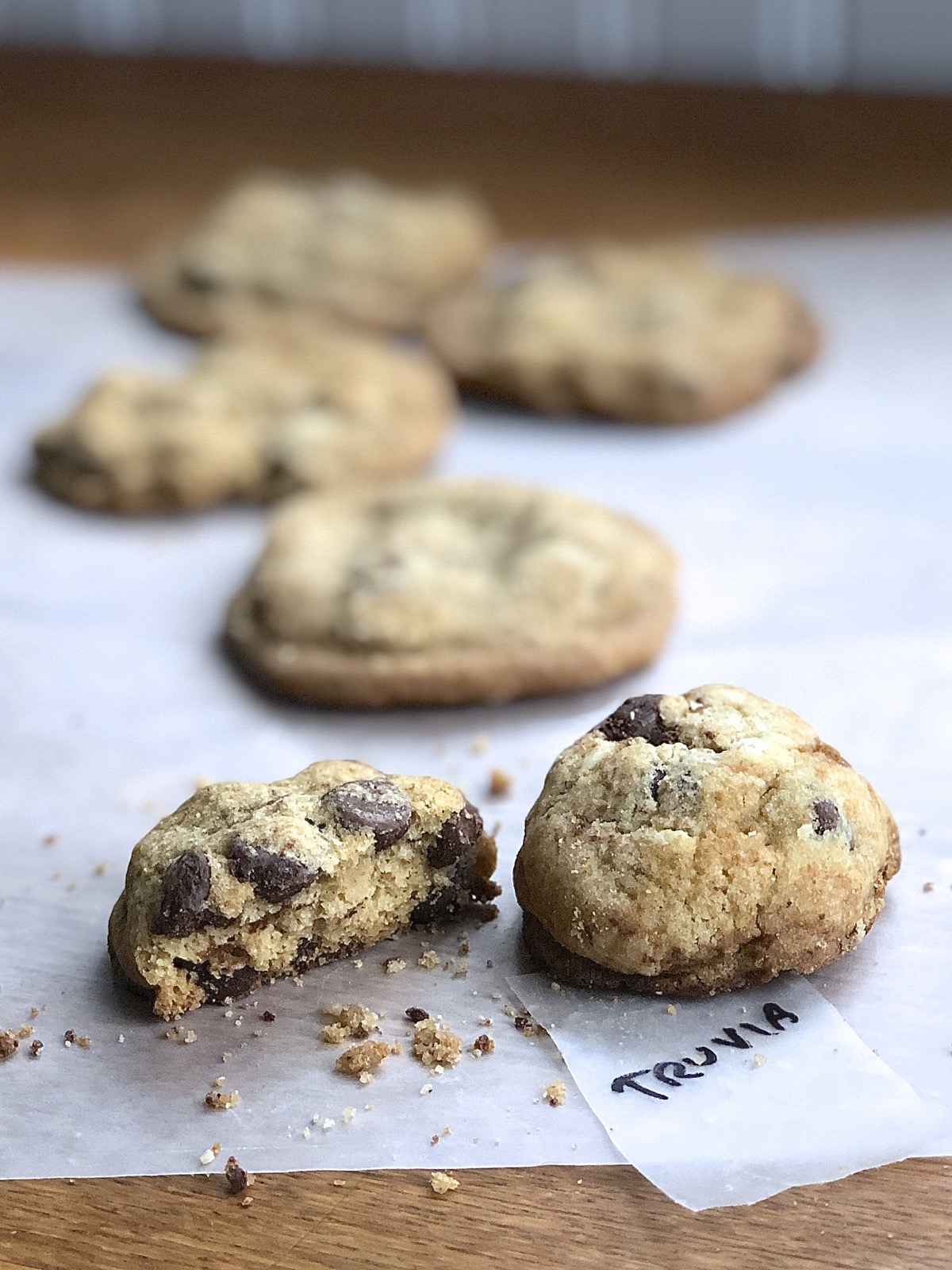
The selected recipes baked with sugar replacements yielded mixed results. While the baked goods’ flavor was OK (generally sweet enough), their “mouthfeel” suffered greatly. The cookies didn’t spread; the brownies were hard and dry, and the cake was stiff and rubbery. The scones, since they’re quite low in sugar to begin with, offered acceptable texture.
At the end of the day, sugar replacements deliver sweet flavor, but contribute nothing to structure (and therefore texture). Claims on their packaging notwithstanding, neither Swerve nor Truvia Cane Sugar Blend “bake[d] like sugar” in the recipes I tested.
In summary, until something better comes along, I think simply reducing the amount of granulated sugar in your favorite baked goods yields better results than using an alternative sugar.
So how do you reduce sugar in your baking without drastically affecting the texture of your favorite treats? Thankfully, we’ve done the tests! Discover the best way to reduce sugar in all your baking:
How to reduce sugar in cookies and bars
How to reduce sugar in cake
How to reduce sugar in muffins
How to reduce sugar in yeast breads
How to reduce sugar in pie